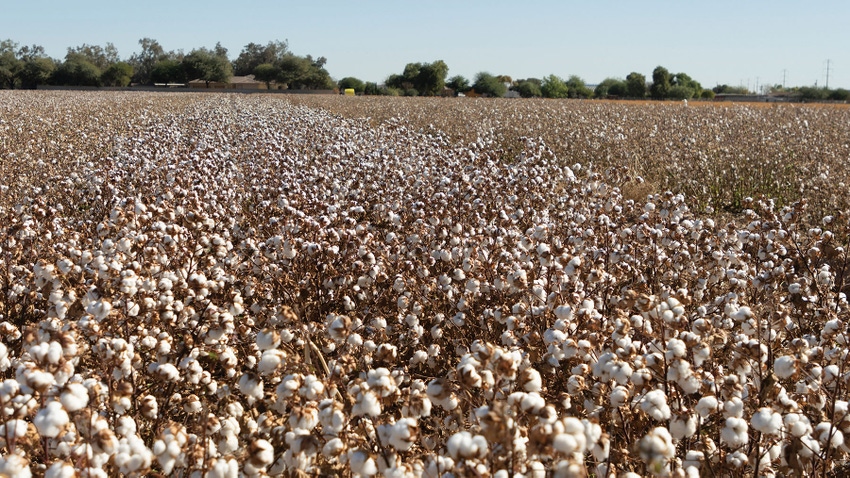
I still recall a story former Arizona Agricultural Department Director Mark Killian told at a meeting when I first met him several years ago. He shared about his entry into farming cotton in the 1970s alongside family members. Cotton back then was priced at under $1 per pound and a new Ford pickup cost under $10,000, he said.
Fast forward 50 years and U.S. Upland cotton prices are still under a buck a pound to the grower, but that same Ford pickup, albeit with a few new bells and whistles, costs 10 times more. What would the U.S. cotton industry look like if grower prices had kept pace with new pickups?
Former U.S. President John F Kennedy once said: “The farmer is the only man in our economy who buys everything at retail, sells everything at wholesale, and pays the freight both ways.”
I didn’t study economics in college but knowing what I do about simple math and my own personal budget, I consistently marvel at how some farmers remain in business while reporting unprofitable commodity prices year after year.
Jerry Rovey, this year’s High Cotton winner from Buckeye, Arizona, made it a little clearer for me when I interviewed him a few months ago for the story you can read here. Of his Upland cotton, Rovey said he does not look merely at the price paid per pound, but other factors that include crop insurance programs and the price paid by the dairies for whole cottonseed, which for cotton producers has been lucrative these past few years.
Whole cottonseed is said to be a good source of energy, fat, fiber, and protein for beef and dairy cattle. Cotton Incorporated calls whole cottonseed a “super food,” saying that more than half of the U.S. supply of cottonseed is consumed by dairy cattle.
Rovey also grows alfalfa, another high quality source of feedstuffs for dairy cattle. He’s also carved a niche for horse ranches in Arizona, selling alfalfa at premium prices to those folks.
Rovey and his sons Todd and Dean farm in the Buckeye area, which is a fast-growing suburb of the greater Phoenix metropolitan area. The drive from Buckeye on the west side of town to places like Gilbert and Mesa on the east side can take over an hour in normal traffic. Some of the farm fields left in the Buckeye region are landlocked by new home construction, schools, and shopping centers.
The day I shot photos and video of Rovey we watched as heavy equipment worked on new roads and earth moving projects adjacent to where Rovey custom harvested cotton for a previous High Cotton winner. It’s likely that the same field of cotton where his million-dollar combine worked will be replaced by new homes in the next few years.
Congratulations to Rovey and Farm Press’ other High Cotton recipients.
Read more about:
High CottonAbout the Author(s)
You May Also Like






